WordPress Custom Post Types Explained
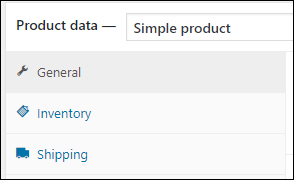 WordPress is a true Content Management System (CMS) in the sense that it not only allows you to manage content but to manage and display different types of content.
WordPress is a true Content Management System (CMS) in the sense that it not only allows you to manage content but to manage and display different types of content.
Let’s call the most basic unit of content that WordPress stores in its database a post.
Default Post Types
WordPress can hold and display a number of default post types.
The default post types most WordPress users are familiar with, are posts and pages …
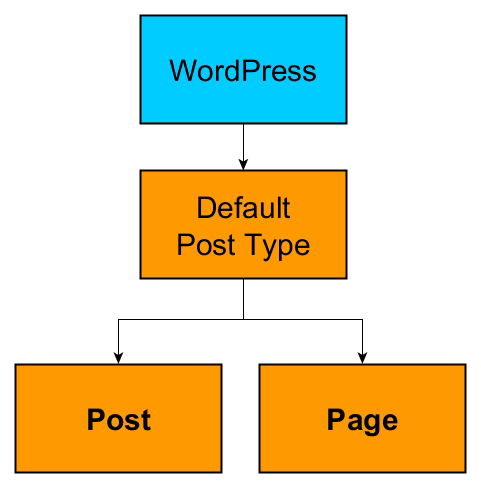
(Common WordPress default post types)
WordPress, however, has additional default post types it uses to store and manage the types of content it needs to perform a number of built-in functions …

(WordPress default post types)
WordPress default post types include:
- Post – This is the post type typically used in blogs, web articles and RSS feeds. Regular posts normally displayed in reverse chronological order (i.e. newest posts first).
- Page – A page is like a post, but it lives outside the normal time-based listings of posts. Pages can use different page templates and be organized in a hierarchical structure (i.e. parent pages with nested pages). Pages normally cannot be assigned categories and tags. If permalinks are enabled, page permalinks comprise the main site URL and the slug of the page and/or parent pages. See WordPress Posts vs WordPress Pages for more information about the differences.
- Attachment – An attachment is a special post that holds information about a file uploaded through the WordPress media upload system, such as its description and name, image size, post thumbnails, image alt text, etc.
- Revision – Revision posts store draft posts and past revisions of a published post.
- Navigation Menu – Navigation Menu is a type of post that holds information about a single item in the WordPress navigation menu system.
- Custom CSS – Custom CSS is a theme specific post used to store CSS saved from the “Additional CSS” screen of the WordPress Theme Customizer.
- Changesets – Changesets is a post type similar to auto-saves but specifically for the Theme Customizer. If you’re making changes to your theme through the Customizer and something happens, this post type can help you restore your unsaved changes.
You can learn more about WordPress default post types in the official WordPress Codex.
Custom Post Types
In addition to the default post types shown above, WordPress also lets you (i.e. developers) create new post types for specific purposes …

(WordPress lets you create custom post types)
Some examples of custom post types include:
- Products
- Testimonials
- Porfolios
- Recipes
- Listings
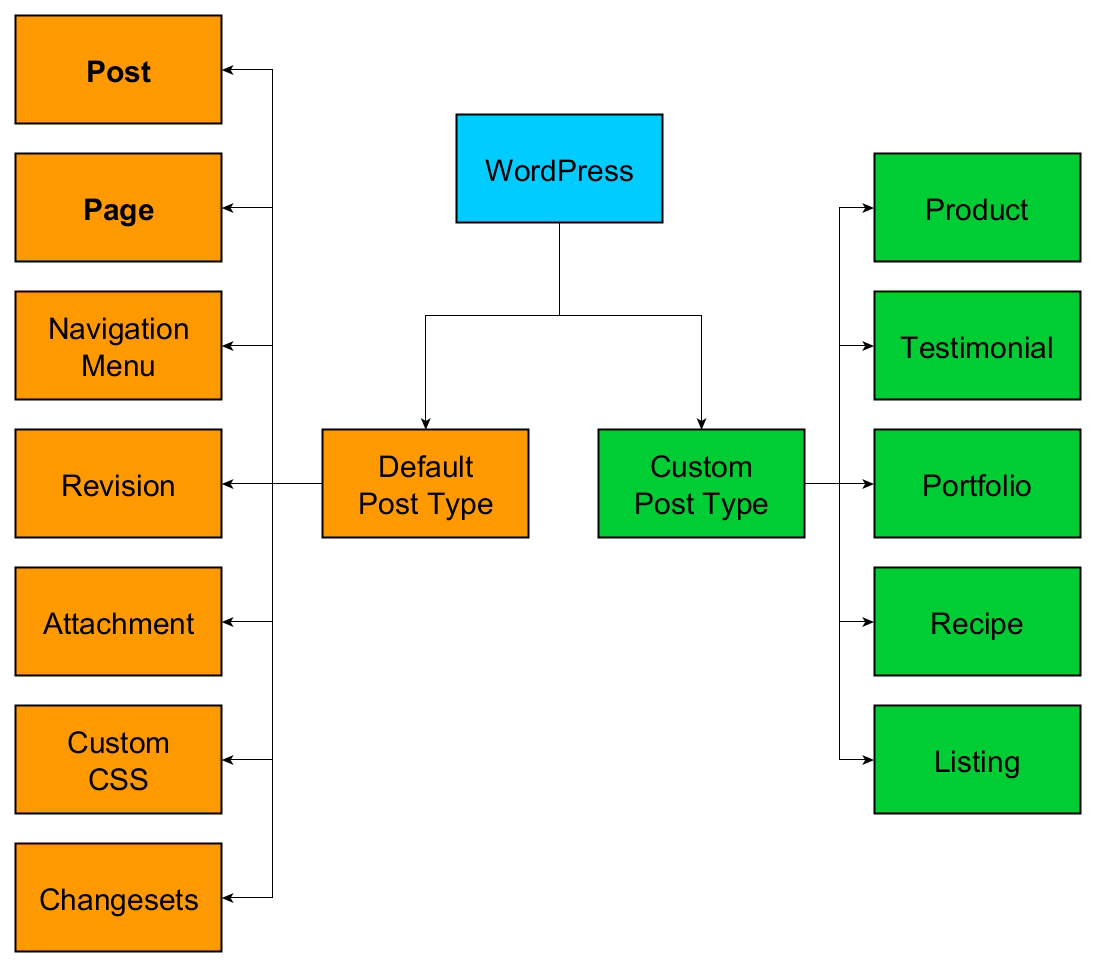
(WordPress custom post types)
Custom post types are normally added to WordPress when you install plugins or themes designed to help you perform specific purposes.
For example, if you run an e-Commerce website, you can add new products to your site through a ‘product’ post. This is a custom post type specifically designed to store and display information about products (e.g. product name, product description, product image, pricing, availability, etc.)
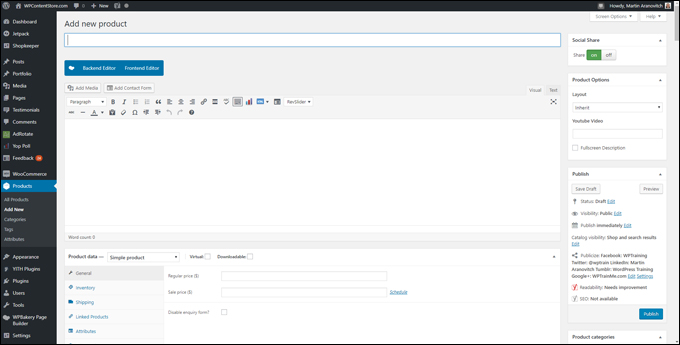
(Custom post type: Product)
Additional custom post types include testimonials …
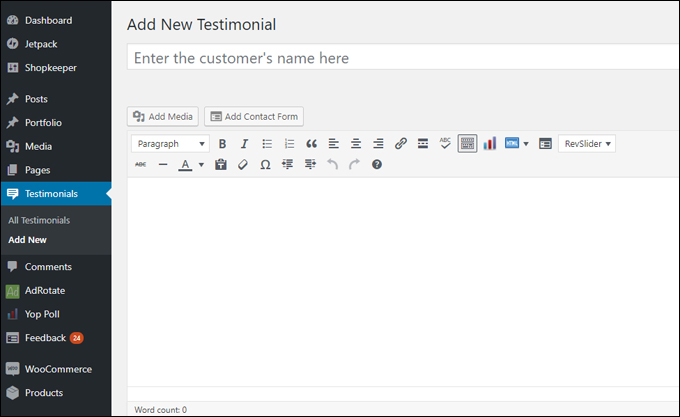
(Custom post type: Testimonial)
Portfolio items …
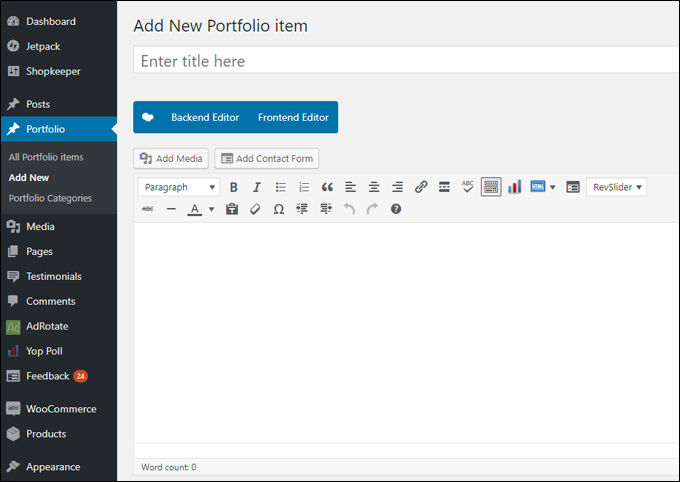
(Custom post type: Portfolio)
Recipes …
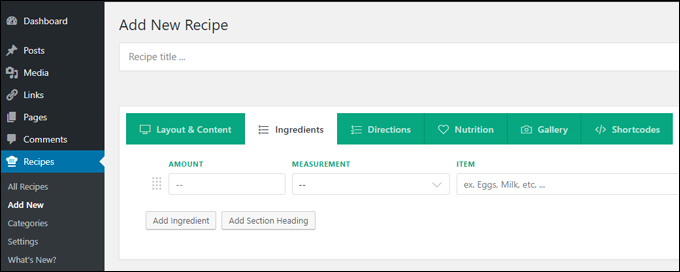
(Custom post type: Recipe)
Directory listings …
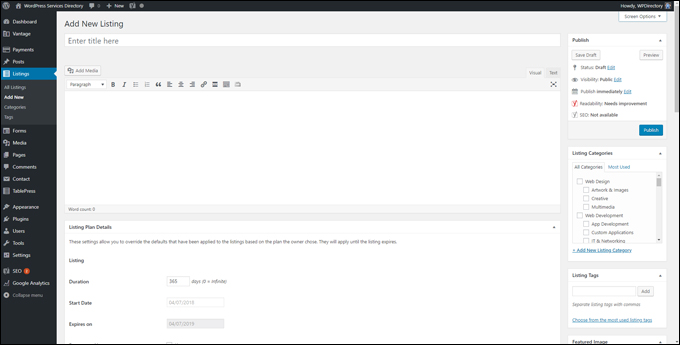
(Custom post type: Listing)
And more!
With WordPress, there is no limit to the types of content you can create, store and display on your website. If you can’t find a plugin or theme that will give the type of content you need, you can always ask a web developer to code or customize a custom post type for your website.
We hope you have found the above information useful. Hopefully, now you have a better understanding of what custom post types are and how they are used in WordPress.
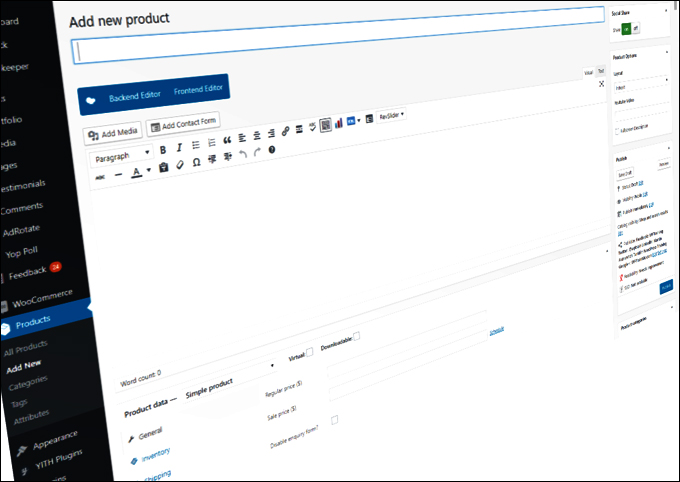
***
"These tutorials have so much information and are easy to understand. If you use WordPress or plan to in the future these will help you with everything you need to know." - Valisa (Mesa, Arizona)
***

